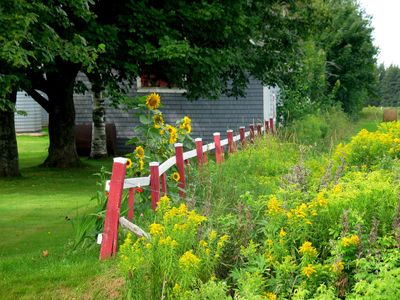Can Native Plants Become Invasive?
A native plant can become invasive, even after years of growing it without any problems. Part of the confusion on this subject is the term invasive; it’s relative. A stand of fast-growing, out-competing goldenrod can potentially take over your garden, and you might call it invasive. Yet, in the meadow down the street, it’s just a natural part of the native landscape. Generally, we consider aggressive, non-native plants that out-compete native plants to be invasive, but there are conditions under which plants native to a certain area become a nuisance. When they grow out of control, push out other plants, disrupt the local ecosystem, and cause other undesirable changes, we may consider them to have become invasive.
How to Stop Native Plants from Becoming Invasive
Native plant problems are not unheard of, and even those that you know grow naturally in your region can become a nuisance. It’s important to recognize some of the signs a native plant could become invasive:
It’s a generalist that can adapt to various conditions.
It successfully out-competes other plants.
The plant reproduces easily and readily.
It produces a lot of seeds that are easily dispersed by birds.
It is resistant to a lot of native pests and local diseases.
A plant that meets some or all of these criteria and that you use year after year stands a good chance of becoming invasive. You can prevent plants from becoming nuisances or from taking over by diversifying your garden. Plant a variety of native species to ensure you have a garden that enhances the local ecosystem, supports wildlife, and that is a lower risk of developing invasive plants. Ultimately, it is important to realize that using the term invasive for any native plant is relative. Not everyone would consider the plant invasive, even if it is a nuisance in your garden.
